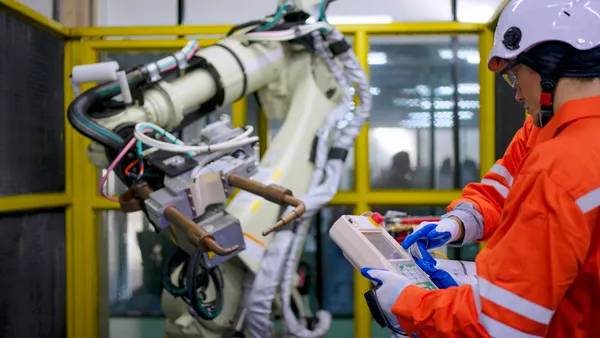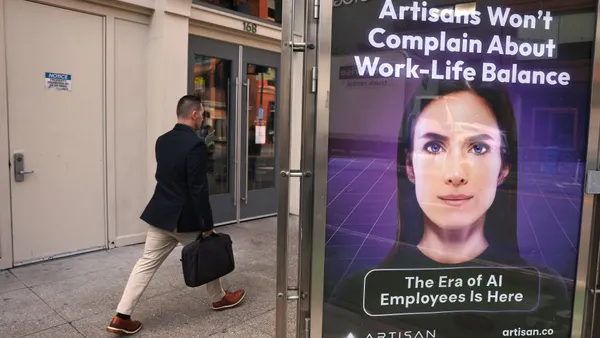Dive Brief:
- Female millennials (57%) are more likely than their male counterparts (40%) to find a career in cybersecurity exciting, according to survey data from Enterprise Strategy Group (ESG), summarized in a blog post by ProtectWise. The research suggests a possible shift in learning choices for women, with only slightly fewer women considering a career in information tech than their male counterparts.
- The global talent shortage in cybersecurity could reach nearly 2 million unfilled positions by 2020, according to a separate study cited by ProtectWise. Yet despite interest in the field, 69% of respondents to ESG had never taken a class on cybersecurity, while 65% said their school(s) did not offer cybersecurity courses.
- Among those in the ESG survey who indicated that they were not interested in the cybersecurity field, 37% said they simply didn’t know enough about the field or potential career paths within it in, while 28% said they did not believe they had the knowledge or aptitude to enter the field.
Dive Insight:
With tech skills in high demand, cybersecurity skills training is lagging behind need. Organizations of all types are working with organizations like private think tanks to address learning initiative growth in the field. Employers may need to think outside conventional parameters when looking for talent; a report from McAfee posited that video gamers may provide a partial answer to shortages, for example.
Beyond recruiting, CISOs see training for cybersecurity roles as a top priority, but demand continues to outpace supply. To attract more women to tech overall, Silicon Valley is working through various means: addressing gender discrimination and pay equity, launching STEM education initiatives, and even working with schools to spread awareness and enthusiasm for tech careers. But even the most attractive STEM careers will likely need some form of rebranding to attract various demographics.
Reports suggest early learning programs that spark interest in science and technology careers could address present and future skills gaps.













